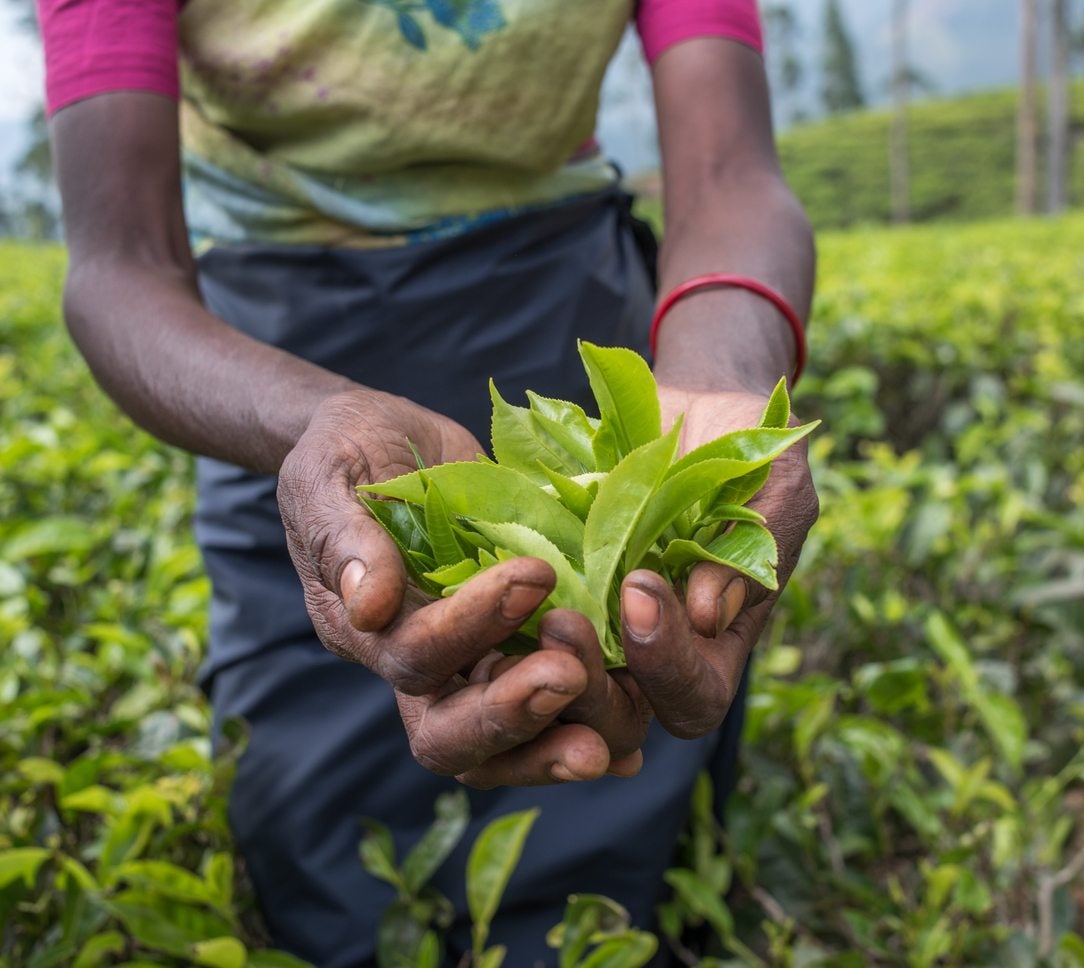
I use my homegrown herbs in teas to soothe my stomach, ease headaches, and treat a myriad of other symptoms, but I love my black tea and green tea as well. This made me wonder about growing and harvesting my own tea plants.
About Harvesting Tea Plants
Billions of people count on a cup of soothing tea each and every day, but probably most of those billions have no idea what their tea is made of. Sure, they may get the idea that tea is made from, well, leaves of course, but what type of leaves? Camellia sinensis produces almost all of the world’s teas from black to oolong to white and green. Camellias are popular garden specimens chosen for their lively color in the winter and fall when little else is in bloom. These are different cultivars than those grown for tea. Camellia sinensis can be grown in sunny to partially shaded areas in USDA zones 7 to 9. Allowed to grow unmolested, the plant grows naturally into a large shrub or small tree, or it can be pruned to a height of about 3 feet (1 m.) to make tea plant harvesting easier and to promote new growth.
When to Harvest Tea Plants
C. sinensis is very hardy and can survive temperatures as low as 0 degrees F. (-18 C.) but cooler temperatures will cause the plant to grow more slowly and/or become dormant. It takes about two years before the plant is mature enough for tea plant harvesting, and about five years for the plant to really become a tea leaf producer. So, when can you harvest tea plants? Only the young, tender leaves and buds are used for tea. That’s why you should prune the plant: to facilitate new growth. Prune the tips of the plant in the late winter. Harvesting of tea plants can commence in the spring as the plants begin to leaf out. Once the new shoots appear at the tips of the pruned branches, allow them to grow until two to four are unfurling. At this point, you’re ready to learn how to harvest Camellia sinensis.
How to Harvest Camellia sinensis
The secret to making great green tea is to harvest just the top two new leaves and leaf buds on the new spring growth. Even commercially, harvesting is still done by hand since machinery can damage the tender leaves. Once the leaves are plucked, they are spread in a thin layer on a tray and then left to dry in the sun. You can harvest tea every 7 to 15 days depending upon the development of the tender shoots. Different processes are used to produce black teas which are usually harvested in July and August when temperatures are at their peak. To utilize your tea leaves, steam them for one to two minutes and then immediately run them under cold water to stop the cooking process (this is called shocking) and to allow them to retain their vibrant green color. Then roll the soft leaves between your hands or with a sushi mat into tubes. Once the tea leaves are rolled into tubes, place them in an oven-safe dish and bake them at 215 degrees F. (102 C.) for 10 to 12 minutes, turning them every five minutes. The tea is ready when the leaves are completely dried. Allow them to cool and then store them in a sealed glass container.
Sign up for the Gardening Know How newsletter today and receive a free copy of our e-book "How to Grow Delicious Tomatoes".

Amy Grant has been gardening for 30 years and writing for 15. A professional chef and caterer, Amy's area of expertise is culinary gardening.
